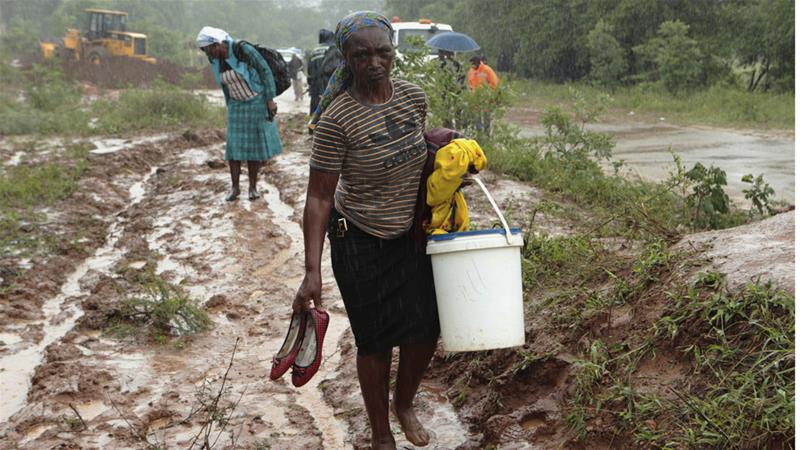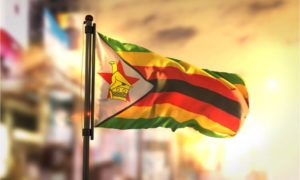
The cyclone Idai that devastated the South-Eastern Africa, has affected more than 2.6 million people. The United Nations (U.N.) has said that atleast half a million Mozambicans have been displaced by Idai. It also said that this figure may rise to 4 times in the aftermath of the cyclone.
6 days after the massive cyclone speeding at 170 kph from the Indian Ocean into Mozambique, then its inland neighbours Zimbabwe and Malawi, the rescue teams are still finding it difficult to reach out to victims. Floods upto 6 meters deep caused severe devastation.
The President of Mozambique – Filipe Nyusi said, “It is a humanitarian disaster of great proportion.”
As per the Mozambique Government, the official data of death toll stands at 84. More than 6,00,000 lives have been affected. A lot of survivors are still trapped with some are clinging to trees, some on roof-tops, surrounded by worn-out roads and submerged villages.
Jamie LeSueur, who is leading the rescue operations for International Federation of Red Cross (IFRC) and Red Crescent Societies, said, “This is the worst humanitarian crisis in Mozambique’s recent history. The scale of suffering and loss is still not clear, and we expect that the number of people affected as well as the number of people who have lost their lives may rise.”
The areas to the West of Beira are severely flooded. Another 9,20,000 people are affected in Malawi.
The condition is worse at places close to the Buzi and Pungwe rivers. The flooding of the Pungwe and Buzi rivers had created inland oceans extending for miles and miles in all directions.
The UN’s World Food Programme (WFP) has said that as per its analysis of satellite imagery 1.7 million people in the country were trapped in Idai. The WFP has warned that Beira could face a serious fuel shortage and its power grid was expected to be non-functional through March 2019.
One of the survivors – Jose Batio told a news agency, “Water came like a tsunami and destroyed most things. We were prisoners on the roof.”
Air Force personnel from Mozambique and South Africa were also deployed in the rescue missions, while an NGO called Rescue South Africa said it had picked up 34 people, using 3 helicopters.
The WFP, UNICEF, and other U.N. have appealed for immediate international funding and logistical support to save hundreds of thousands who remain stranded in the affected areas with no scope of food and water.
The U.N. has suggested that the Government of Mozambique should ask South Africa to help create an air bridge so that it can in order to reach the most isolated areas.
An MI-8 transport helicopter had started airlifts and 2 more aircraft are scheduled to arrive before the end of the week. The WFP airlifts have dropped high-energy biscuits, water and blankets to people stuck on rooftops and elevated patches of land.





